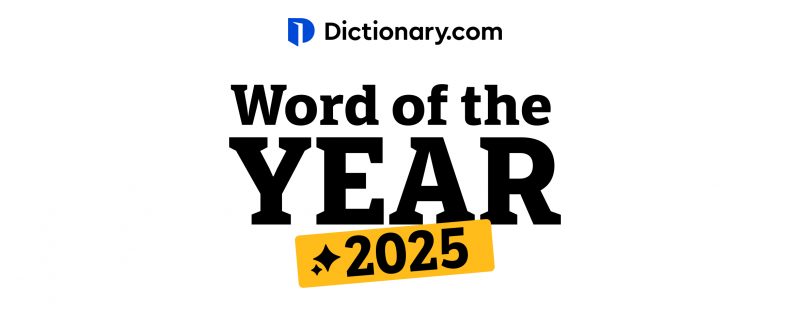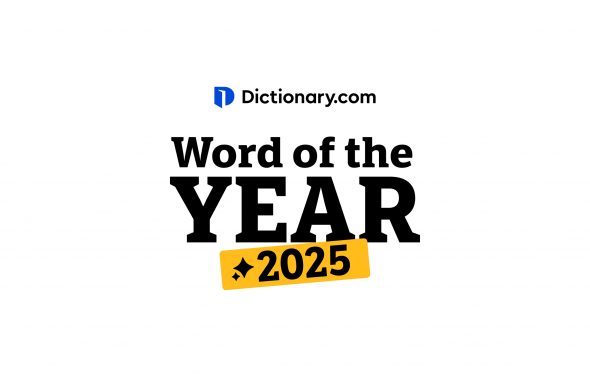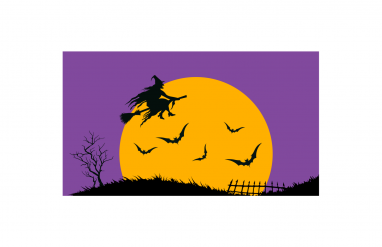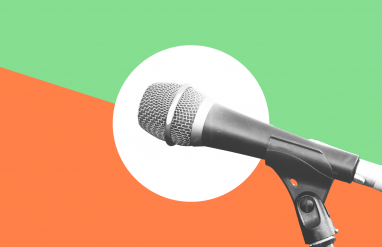Each year, Dictionary.com’s Word of the Year and short-listed nominees capture pivotal moments in language and culture. These words serve as a linguistic time capsule, reflecting social trends and global events that defined the year. The Word of the Year isn’t just about popular usage; it reveals the stories we tell about ourselves and how we’ve changed over the year. And for these reasons, Dictionary.com’s 2025 Word of the Year is 67.
If you’re the parent of a school-aged child, you might be feeling a familiar vexation at the sight of these two formerly innocuous numerals. If you’re a member of Gen Alpha, however, maybe you’re smirking at the thought of adults once again struggling to make sense of your notoriously slippery slang. And if it’s a surprise to you that 67 (pronounced “six-seven”) is somehow newsworthy, don’t worry, because we’re all still trying to figure out exactly what it means.
Why Did We Choose 67 as the Word of the Year?
To select the 2025 Word of the Year, our lexicographers analyzed a large amount of data including newsworthy headlines, trends on social media, search engine results, and more to identify words that made an impact on our conversations, online and in the real world.
Searches for 67 experienced a dramatic rise beginning in the summer of 2025. Since June, those searches have increased more than sixfold, and so far the surge shows no signs of stopping. Most other two-digit numbers had no meaningful trend over that period, implying that there is something special about 67.
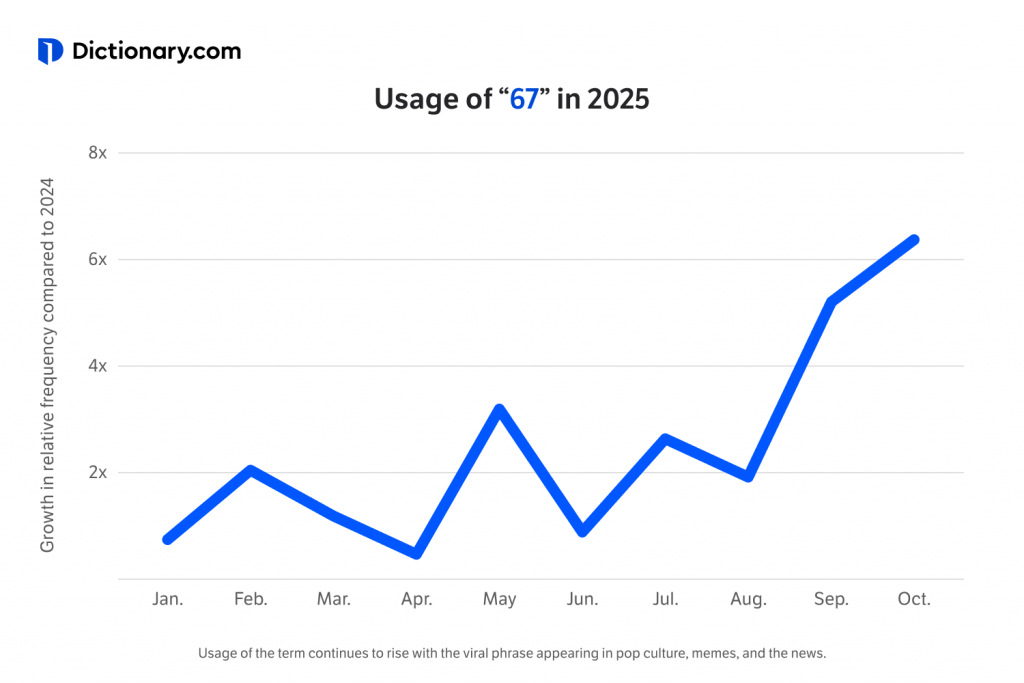
The origin of this most modern use of 67 is thought to be a song called “Doot Doot (6 7)” by Skrilla. (This is an opportune moment to mention that you may also see it written as 6 7, 6-7, or six-seven, but the most important thing is to never pronounce it as “sixty-seven.”) It was quickly reinforced by viral TikToks featuring basketball players and a young boy who will forevermore be known as the “67 Kid.” Within weeks, teachers were trading tips online about how to get their students to stop saying 67 all day long.
And now for the moment adults around the world have been waiting for: What does 67 mean? Well…it’s complicated. Some say it means “so-so,” or “maybe this, maybe that,” especially when paired with its signature hand gesture where both palms face up and move alternately up and down. Some youngsters, sensing an opportunity to reliably frustrate their elders, will use it to stand in for a reply to just about any question. (“Hello, darling child, how was school today?” “67!”) A perfectly timed 67 signals that you’re part of an in-group, and if you’re already using its emerging spinoffs six-sendy and 41, you might be even cooler.
Perhaps the most defining feature of 67 is that it’s impossible to define. It’s meaningless, ubiquitous, and nonsensical. In other words, it has all the hallmarks of brainrot. It’s the logical endpoint of being perpetually online, scrolling endlessly, consuming content fed to users by algorithms trained by other algorithms. And what are we left with in the wake of this relentless sensory overload? 67. Still, it remains meaningful to the people who use it because of the connection it fosters. 67 shows the speed at which a new word can rocket around the world as a rising generation enters the global conversation.
Other Words on Dictionary.com’s 2025 Word of the Year Shortlist
As our team reviewed the words that stood out in 2025, these words also made an impact and our shortlist for 2025 Word of the Year:
Agentic
Traditionally, agentic has been used in psychology and sociology to describe human agency, or the capacity to act independently, make choices, and shape one’s environment. In 2025, however, agentic has taken on a new dimension. As AI continues to advance, the word has evolved to describe technologies that can perform tasks autonomously and make independent decisions — so-called agentic AI. This emerging sense of agentic captures the blurring boundary between human and machine initiative, reflecting society’s growing fascination and concern about the idea of technology possessing a kind of self-directed capability once thought uniquely human.
Aura farming
The term aura farming saw a sharp rise in usage in 2025, peaking in June after months of steady growth. Combining aura (in the modern sense of charisma, style, or personal energy) with farming (meaning “cultivation” or “deliberate effort”), the term refers to the practice of intentionally developing one’s presence or vibe. The term crystallized around the viral “boat kid” meme, which showed a young man dancing at the prow of a racing boat in Indonesia. His confident moves, endlessly remixed and celebrated online, became the emblem of the broader phenomenon of curating one’s image and energy for public admiration.
Broligarchy
Broligarchy (a blend of bro and oligarchy) has become one of 2025’s defining political neologisms. First gaining traction in 2024, the word saw several spikes in usage this year, notably around Donald Trump’s January inauguration, which was attended by a coterie of high-profile tech and business leaders often associated with the “bro” archetype. Playful yet pointed, broligarchy captures the public frustration felt in some circles with the concentration of power among a small, culturally homogenous elite. The word exemplifies how language evolves to make sense of power structures, offering both satire and social critique in a single, memorable coinage.
Clanker
The term clanker has surged in popularity since mid-2025, emerging as a viral, often mocking label for artificial intelligence. Once a niche sci-fi term used to describe literal robots, clanker has been repurposed for the digital age. Today, it’s commonly used to deride AI systems, chatbots, and other nonhuman technologies, and its rise mirrors growing unease over the role of AI in society. At once humorous and hostile, clanker encapsulates a moment of cultural reckoning as fascination with intelligent machines collides with deep-seated fear and resentment toward them.
🧨 dynamite emoji (TNT, Taylor ‘n’ Travis)
The 🧨 dynamite emoji, traditionally representing dynamite, a firecracker, or TNT, took on an unexpected new meaning in 2025. Once used to convey excitement, impact, explosive energy, or literal firecrackers, it began to see a playful reinterpretation following the engagement of singer Taylor Swift and professional footballer Travis Kelce. Across social media, the emoji was rebranded as shorthand for the couple themselves — “T ‘n’ T,” or “T & T” — symbolizing a relationship that fans saw as both powerful and endearing. The rise of the 🧨dynamite emoji in this context highlights how digital symbols evolve alongside cultural moments. What was once simply an icon of literal or metaphorical combustion has become a cute, fandom-driven emblem of celebrity romance.
Gen Z stare
The term Gen Z stare surged in popularity in mid-2025, capturing both a generational quirk and a cultural flashpoint. The term refers to a blank or expressionless look often attributed to members of Generation Z, particularly in workplace or retail settings. While some commentators have tried to analyze the Gen Z stare as a deeper psychological response to post-pandemic social upheaval, most people use the term playfully as part of an ongoing, lighthearted tug-of-war between generations.
Kiss cam
The kiss cam, long a staple of sports arenas and concert venues, found new cultural life in the summer of 2025 after a viral moment that captured global attention. On July 16, two executives from the data company Astronomer were shown together on the kiss cam at a Coldplay concert. Their visibly awkward reaction — ducking, hiding their faces, and refusing to play along — quickly turned into one of the year’s most talked-about viral clips. Memes soon followed, replacing the couple with other humorous or ironic pairings, solidifying kiss cam as shorthand for public exposure and digital schadenfreude.
Overtourism
Overtourism refers to the overwhelming influx of visitors to popular destinations, leading to environmental strain, cultural disruption, and local frustration. First gaining traction in the late 2010s, the word has seen fresh spikes in usage as global travel returned to full force after the Covid-19 pandemic. News stories this year amplified the discussion: Venice’s new tourist tax, Japan’s restrictions on access to Mount Fuji, and viral clips of visitors behaving badly all brought overtourism to the forefront of public debate.
Tariff
The word tariff has reemerged as a focal point of political and economic discussion in 2025, marking a resurgence for a powerful mechanism that has shaped global commerce for centuries. While its prominence waned in the postwar era, tariff has resurfaced in public discourse amid renewed trade tensions. This year saw notable spikes in usage, particularly around April’s “Liberation Day” discussions and other presidential orders. In 2025, tariff has taken on new political weight, reflecting how economic instruments once confined to policy circles are now wielded as tools of diplomacy and national strategy.
Tradwife
The term tradwife, short for “traditional wife,” has seen renewed attention in 2025. Originally tied to conservative subcultures that idealize a dutiful, domestic model of femininity, tradwife has since broadened into a label for an aesthetic as much as an ideology. While some embrace the tradwife identity as a personal choice, others critique it as reinforcing outdated gender roles. The term’s evolution shows how language around traditional values continues to adapt and spark debate in modern digital culture.
